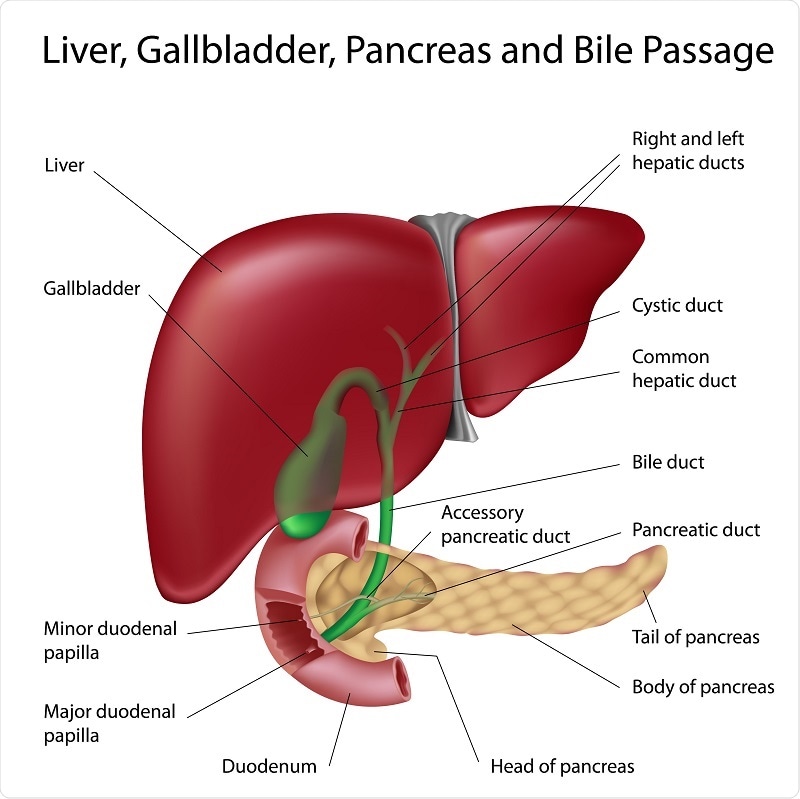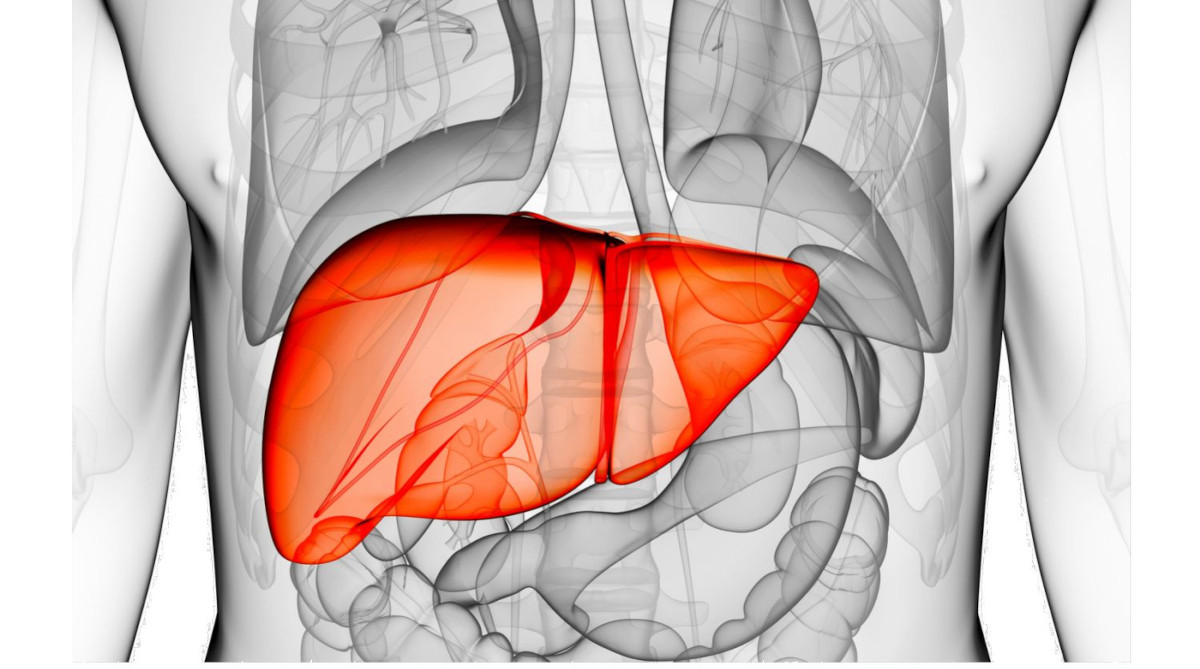The liver is one of the most important organs in our body. It is responsible for many vital functions such as filtering toxins from the blood, producing bile to aid in digestion, and regulating blood sugar levels. It is important to take care of our liver to ensure it functions properly. One way to do this is by consuming foods that help cleanse and detoxify the liver. In this article, we will discuss some of the best foods to clean your liver.
- Turmeric – Turmeric is a powerful antioxidant that helps protect the liver from damage. It also helps to increase bile production, which aids in digestion and detoxification.
- Leafy Greens – Leafy greens like dandelion greens, kale, and calalloo are rich in chlorophyll, which helps to flush toxins out of the liver. They are also high in vitamins and minerals that support liver function.
- Citrus Fruits – Citrus fruits like key lime are rich in ascorbate, which is a powerful antioxidant that helps to protect the liver from damage. They also contain compounds that help to stimulate the production of liver enzymes responsible for detoxification.
- Avocado – Avocado is a good source of glutathione, a powerful antioxidant that helps to protect the liver from damage. It also contains healthy fats that help to reduce inflammation in the liver.
- Walnuts – Walnuts are a good source of omega-3 fatty acids, which help to reduce inflammation in the liver. They also contain compounds that help to support liver function.
- Green Tea – Green tea contains catechins, which are powerful antioxidants that help to protect the liver from damage. It also helps to increase the production of liver enzymes responsible for detoxification.
- Artichokes – Artichokes are a good source of cynarin, a compound that helps to stimulate bile production. This aids in digestion and detoxification.

In conclusion, consuming foods that help cleanse and detoxify the liver is important for maintaining optimal liver function. Incorporating these foods into your diet can help to protect your liver from damage and support its vital functions. Also by incorporating these liver-cleansing foods into your diet, you can help keep your liver healthy and functioning optimally. In addition, it’s important to avoid processed foods, sugar, and alcohol to reduce the risk of damage to the liver. With a healthy diet and regular exercise, you can help to keep your liver healthy and functioning optimally.
References
– Aggarwal, B. B., & Harikumar, K. B. (2009). Potential therapeutic effects of curcumin, the anti-inflammatory agent, against neurodegenerative, cardiovascular, pulmonary, metabolic, autoimmune and neoplastic diseases. The International Journal of Biochemistry & Cell Biology, 41(1), 40-59.
– Kim, Y., Keogh, J. B., & Clifton, P. M. (2019). Benefits of Nut Consumption on Insulin Resistance and Cardiovascular Risk Factors: Multiple Potential Mechanisms of Actions. Nutrients, 11(11), 2655.
– Li, Y., Li, S., Meng, X., Gan, R. Y., Zhang, J. J., & Li, H. B. (2020). Dietary Natural Products for Prevention and Treatment of Liver Cancer. Nutrients, 12(11), 3579.
– Krajka-Kuźniak, V., Paluszczak, J., & Baer-Dubowska, W. (2019). The Nrf2-ARE signaling pathway: An update on its regulation and possible role in cancer prevention and treatment. Pharmacology & Therapeutics, 202, 83-99.
– Ratziu, V., & Charlotte, F. (2010). Liver fibrosis in overweight patients. Gastroenterology, 138(3), 1137-1140.
– Kim, Y. J., Lee, H. J., Shin, H. S., Lee, S. H., & Park, H. J. (2012). Effects of green tea on lipid metabolism and antioxidant status in an animal model of alcohol-induced liver disease. Biomedical Research, 33(5), 287-293.
– Rui, T., Feng, Q., Lei, M., & Peng, C. (2019). Artichoke Leaf Extract Prevents High-Fat Diet-Induced Nonalcoholic Fatty Liver Disease in Rats by Stimulating Hepatic PPARα. Nutrients, 11(9), 2130.
– Mithen, R., Bennett, R. N., Marquez, J., & Sulfur, G. (2010). Glucosinolate biochemistry and genetics. Plant Secondary Metabolites, 83-118.
– Chan, Y. Y., & Kim, K. H. (2020). A Review of Cruciferous Vegetables and Their Phytochemicals in Preventing and Managing Metabolic Syndrome. Nutrients, 12(11), 3343.
This article is copyrighted by Ital is Vital, 2025. Want to re-post this article? Visit our guidelines.
DISCLAIMER: THIS WEBSITE DOES NOT PROVIDE MEDICAL ADVICE
The information, including but not limited to, text, graphics, images and other material contained on this website are for informational purposes only. The purpose of this website is to promote broad consumer understanding and knowledge of various health topics. It is not intended to be a substitute for professional medical advice, diagnosis or treatment. Always seek the advice of your physician or other qualified health care provider with any questions you may have regarding a medical condition or treatment and before undertaking a new health care regimen, and never disregard professional medical advice or delay in seeking it because of something you have read on this website.

Pingback: Lets Learn About the Kidneys and Their Function - ital is vital
Pingback: Herbs for the Liver 2 - Hepatogenic / Hepatoprotective Medicinal Plants - ital is vital